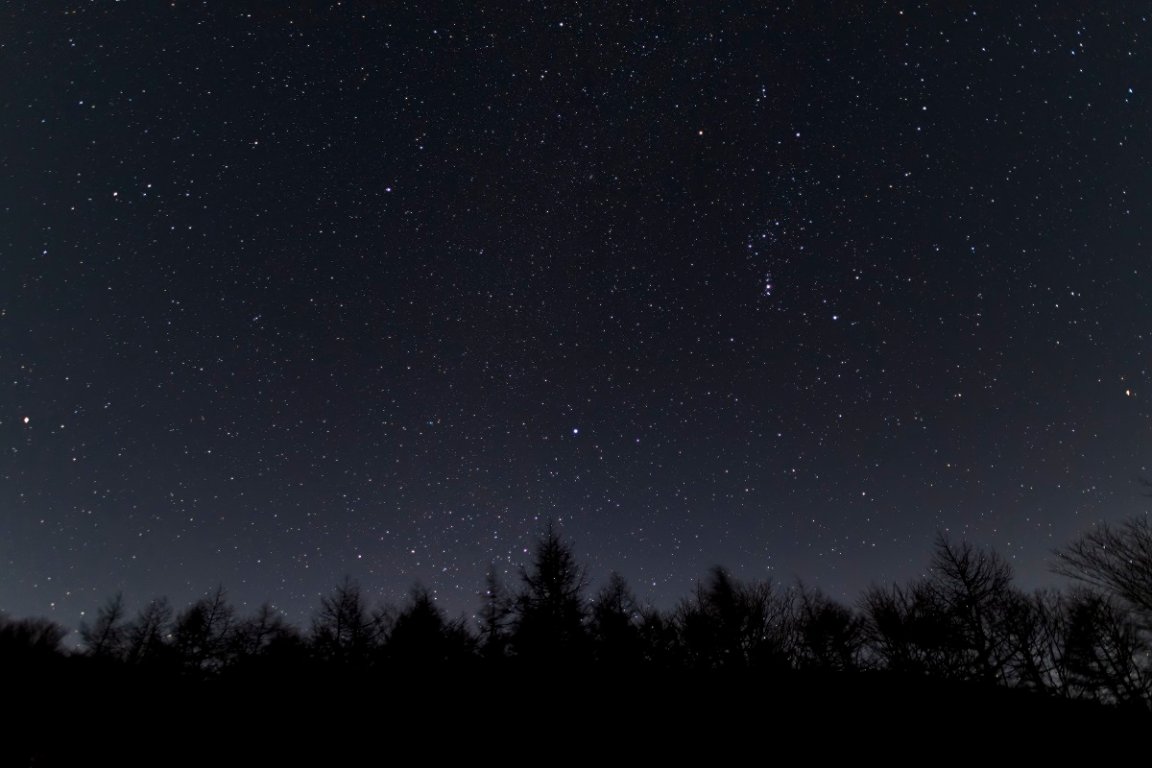
Sky More
Elon Musk’s Starlink communications satellites aren’t just physically junking up Earth’s orbit — according to researchers, they’re increasingly interfering with radio telescopes.
As the BBC reports, the Netherlands Institute for Radio Astronomy (ASTRON) is calling out the latest generation of SpaceX internet satellites for emitting signals at higher frequencies than ever before, which can “blind” radio telescopes.
“Every time more of these are launched with these kinds of emission levels,” explained ASTRON director Jessica Dempsey in an interview with the British broadcaster, “we see less and less of the sky.”
In a new paper published in the journal Astronomy & Astrophysics, Dempsey and her colleagues found that the second generation of Starlink satellites leak more than 30 times the amount of radio interference as their predecessors. According to the ASTRON director, those levels exceed regulations set by the International Telecommunications Union.
Scope Harder
With a massive constellation of these bad boys already orbiting Earth and no plans to slow down, ASTRON is concerned about what that will mean for the future of their work, which essentially involves seeing what optical telescopes cannot.
“We’re trying to look at things like the jets, which are emitted from black holes in the center of galaxies,” Dempsey explains. “We also look at some of the earliest galaxies, millions and millions of light years away, as well as exoplanets.”
As they try to go about this important work, the ASTRON team has, as lead paper author Cees Bassa said in a press release about the study, unintentionally ended up detecting radiation from Starlink satellites with its Low-Frequency Array (LOFAR) telescope instead.
“Compared to the faintest astrophysical sources that we observe with LOFAR, [electromagnetic radiation] from Starlink satellites is 10 million times brighter,” Bassa explained. “This difference is similar to the faintest stars visible to the naked eye and the brightness of the full moon.”
Though astronomers spoke with SpaceX about such concerns years prior to the launch of the second generation of satellites, which have been debuting in orbit since early 2023, it seems pretty clear the Musk-owned company didn’t heed the warning.
“Since SpaceX is launching about 40 second-generation Starlink satellites every week,” Bassa continued, “this problem is becoming increasingly worse.”
More on Starlink: Chinese Researchers Say They Can Detect Stealth Aircraft Using Starlink Satellites